Exploring Tyre Old Town
Given the chap with the moustache has offered intensive, and, further, only discreetly amused assistance in my parking fiasco, I feel we should eat in his restaurant.
But first we need to find somewhere to stay. The guidebook recommends Al Fanar, up by the lighthouse, so I figure we’ll wander up that way.
“Do you know where Al Fanar is?” I ask the chap with the moustache, who, it emerges, is German.
“Sure,” he says. “It’s up past the lighthouse. But we have a room here if you would like to look at them…”
It’s a nicely decorated restaurant. Clean, slick lines, what looks like fake Phoenician statuary on the back wall, but classy fakes, and none of the kitsch you’d typically get in a portside restaurant. The pricing looks good. And they’re lovely folk.
“I’d love to,” I say. “How much?”
Some confab with his Lebanese boss, Elio. “$60,” he says, rather nervously. “It’s in the old town, over my house.”
“OK,” I say. “Let’s take a look…”
We wander along the little fishing port and into the narrow streets of the Christian district of the old town, with its arched windows, churches, some buildings already carpentered and pastel-painted, others still bomb-damaged from the 2006 war with Israel.
While Tyre Old Town is less chocolate box pretty than the medinas of either Byblos or Sidon, it is in some ways all the more interesting for it – in five years, if war doesn’t intervene, the whole thing will have been poshed up to Byblos-style perfection.
We pause to say hi to Elio’s wife: she is two years older than me, looks younger, and her oldest daughter is already married. For all its urbanity, Lebanese society remains in some ways quite traditional. 38, here, is really kinda old.
And we come to our “room”. A huge, glazed studio with two terraces, one at the front to watch the night fishing fleet go out, the second with views over flat roofs and ancient churches. We have sofas, a coffee-table, a dining table, a kitchenette, twin beds and a wetroom, all done out in dark woods. Result!
“Wow!” says Z.
“It’s lovely,” I say.
“How many nights?” Elio asks. We’re his first guests in this new venture.
“We only have one night,” I say. “Z’s flying out to England the morning after tomorrow to see his dad, and we need to be at the airport at 7am.”
I wish we could stay longer. We both wish we could stay longer. But all we have for Tyre is part of a day and then we need to be back in Beirut.
“This is basically his mancave, isn’t it?” says Z, after Elio has gone, “When I’m a man, I want a mancave JUST like this. With dark wood, and dark sofas, and a TV on a stand.”
The next morning we wander back through the old town to the port, which is lined with guys smoking, drinking coffee and mending their nets in a rather desultory fashion: it’s a Sunday, after all.
We’ve left Elio in peace, because he’s been working late, but he comes to find us — being neither Lebanese nor UNIFIL peacekeepers we stick out like a sore thumb in Tyre — and invites us to breakfast in his restaurant.
I take a bit more of a look at the fakes along the back wall. One of the sculptures, a glazed terracotta affair reminds me a lot of a sculpture we saw in Alexandria, its style indefinably, rather lumpenly, Phoenician.
“She’s a Phoenician queen, a queen of Tyre” Elio says, pointing to the marble bust beside it. “That’s Roman. The coins are a mixture of Roman and Phoenician.”
My god, I think. OF COURSE THEY’RE NOT FAKES. We’re in Lebanon!
Z and I pore over the coin collection, capturing one that we think is Julius Caesar, along with a pendant with the face of a longdead queen.
“Where did you find them?” I ask.
“Just out in the sea,” Elio says. “I have a tank, and dive with a tank, but at 3 metres, 5 metres, you find lots of coins, even in the harbour, so sometimes I dive without a tank. And there’s a place, 500m from here, where you can see the ruins of the Phoenician houses under the water, and swim over them, and find things.”
“I WANT TO DO THAT!” says Z.
“I know,” I say. “But it’s going to be like fossils. You’ll need to take time looking until you get used to spotting what you’re looking for.”
“Some fishermen found Phoenician gold out here,” explains Elio, himself a fisherman by trade. “The government took half, but they made $90,000.”
“THAT’s what I want to do,” says Z. “I want to come here, spend the week here, and go diving for treasure!”
Of course he does. Who wouldn’t?
“Let’s come back,” I say. “Let’s come back and spend a week here and go diving for treasure.”
We take a wander through the Old Town, Ottoman era streets lined with shops selling plastic flip-flops, spangly stilettos, sparkly handbags, mobile phones and kids’ toys, stalls selling sweet cherries, apricots, the green, furry fruit that hides crisply succulent fresh almonds, stopping at shoe shops to enquire about boys’ sandals, size 37.
Everyone is most insistent that the 36’s fit. They don’t.
Z will, having tried almost every kids’ shoes shops in Lebanon, be heading to London and Paris in Matalan sandals held together with superglue. Hey-ho.
The first set of ruins we come across, the Al-Mina site, would have wowed us, were it not for the fact that it’s not just Z who’s got ruin fatigue.
We inspect them in a rather desultory fashion.
“What’s that, Z?” I say, testing him.
“Hypocausts,” he says. “Colonnade. You know, I don’t really find Roman ruins all that interesting.”
“Mm…” I say. After the bright colours and narrative verve of some of the wonderful tombs we saw in Egypt, the scale of Petra, the complexity of Byblos, another Roman era settlement seems, well, a little bit dull. “But I still think we should see the hippodrome.”
“Why?” he says.
“Because Al-Bass has the biggest and best-preserved hippodrome in the whole world,” I say, “And we’re currently in walking distance of it so it would be stupid not to. AND there’s a triumphal arch.”
And — oh my! — it’s gorgeous. We walk down an avenue lined with jacaranda, bougainvillea, spring flowers and sarcophaguses, a necropolis that’s quite utterly lovely in the bright sunlight.
The triumphal arch appears ahead of us, a huge great thing, 20m high or so, built by Hadrian.
“Wow!” I say. “Look at the restoration on that! They did a brilliant job, didn’t they?”
“It’s been restored?!” says Z.
“’Zactly,” I say, smugly. “You would never know it had been restored.”
In general, Lebanese restoration jobs seem to be rather subtler than the style favoured by Egyptians and Jordanians, making their sites more rewarding to visit. Lebanese ruins feel like ruins. Just, good ruins.
A colonnaded avenue, home to shops and stalls, brings us to the formal entrance to the hippodrome.
“Imagine this,” I say. “Imagine coming through here on a race day, Blues versus Greens, the street full of people selling chickpeas and cups of wine, as many as ten thousand people pouring through the gates into the hippodrome – hey! Have you seen Ben Hur yet?!”
“What’s Ben Hur?” he asks.
“Historical epic,” I say. “Similar era to Spartacus and The Ten Commandments. It’s about chariot racing… ooh! Will you look at that?”
“Not much left of it, is there?” says Z.
Two sections of the stepped grandstand from which spectators would watch the races survive, as does one of the pillars the chariots would have turned around.
“There’s enough to see how big it was!” I say. “Look at it!”
We explore around the grandstands, the tunnels under them where stallholders sold their wares, and try and imagine how Tyre would have felt on a race day.
And then, too soon, it’s time to go. Back in our little car. Back to Beirut.
Where Z will head off to London, Paris, Broadstairs and Norfolk for some long-overdue time with his dad, three of his four grandparents and his friends, and I will be single, solo and bar reviewing in Beirut, then having a little writer’s retreat in Dahab.

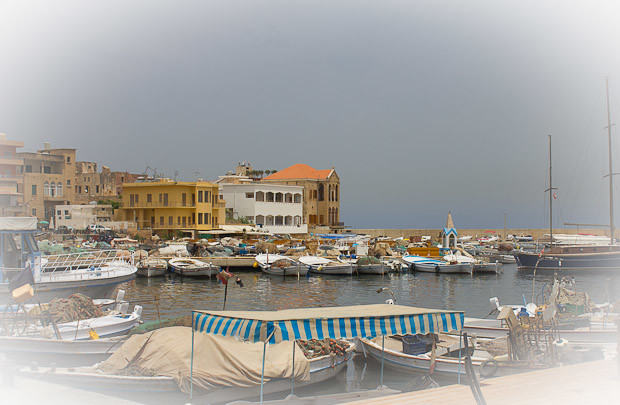
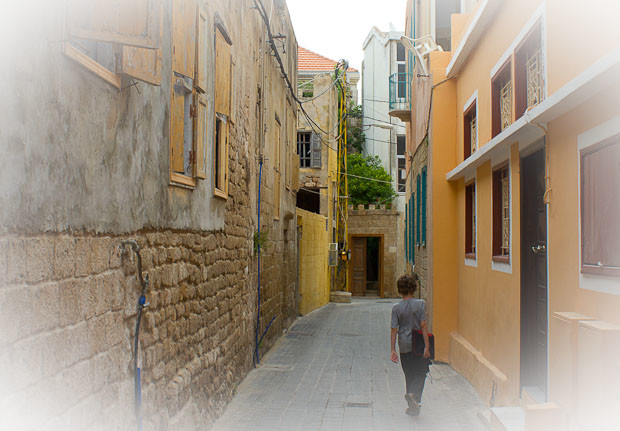
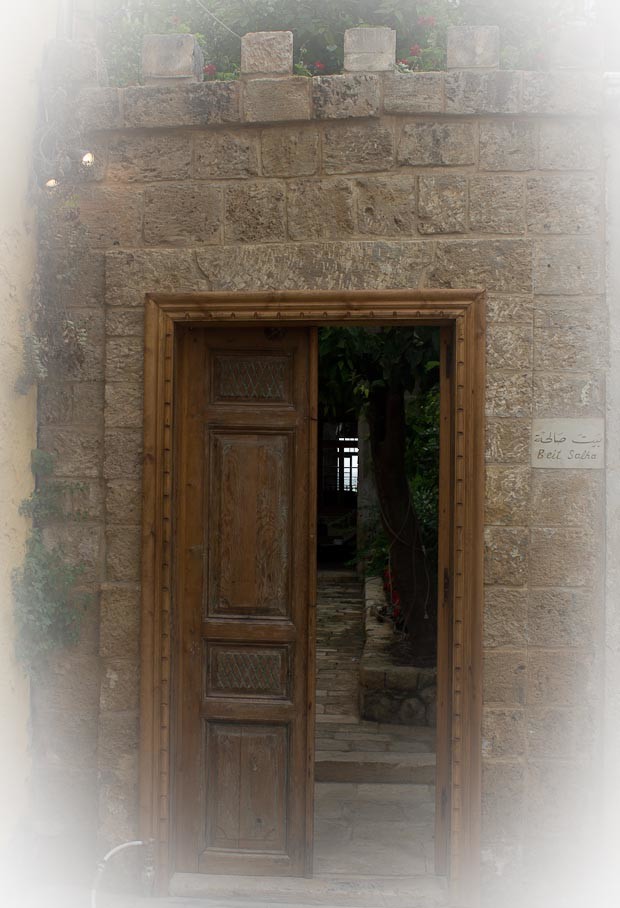
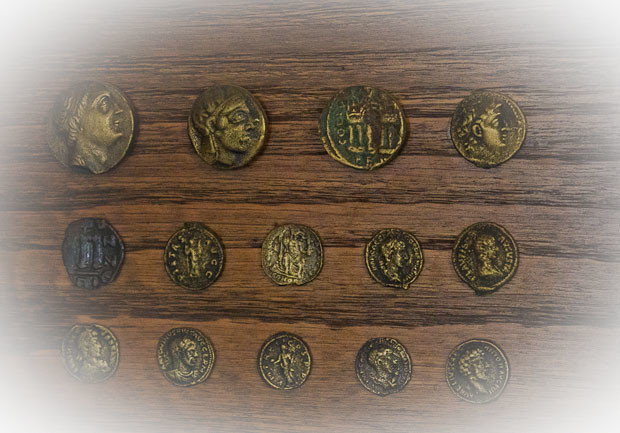
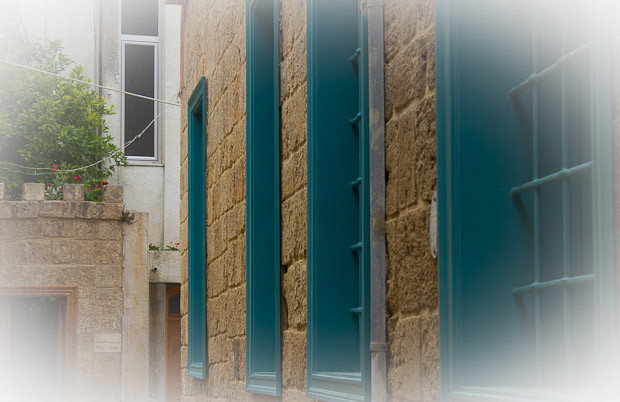
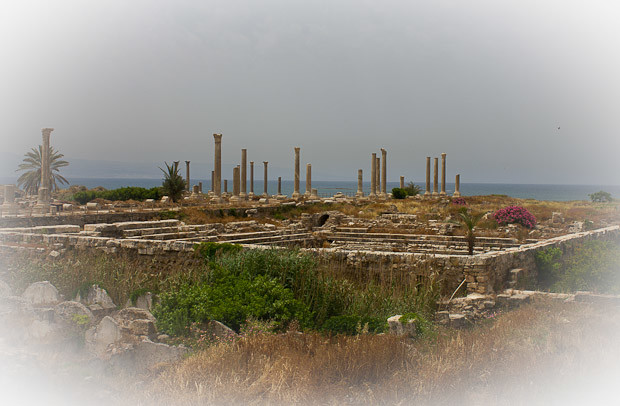
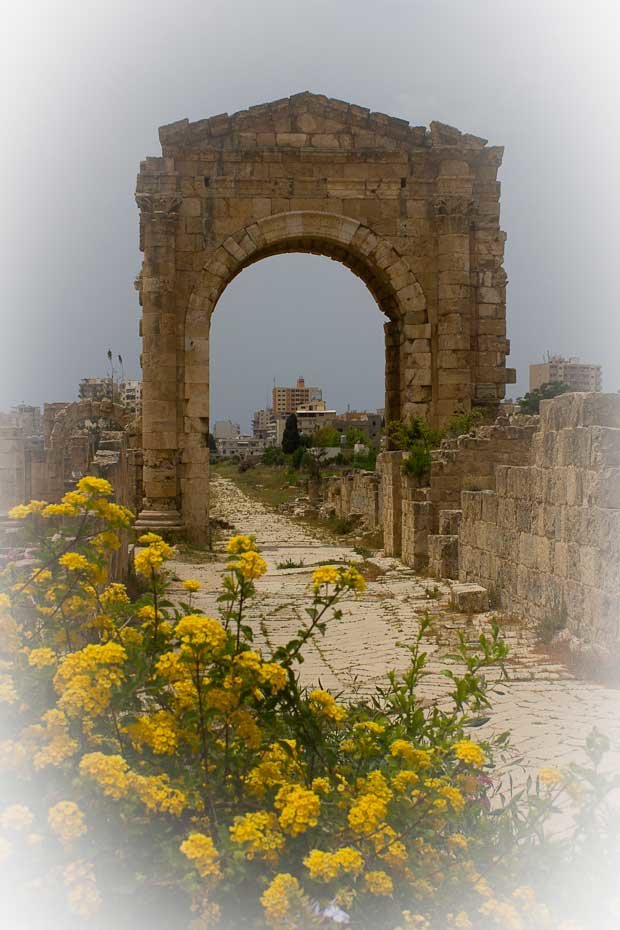
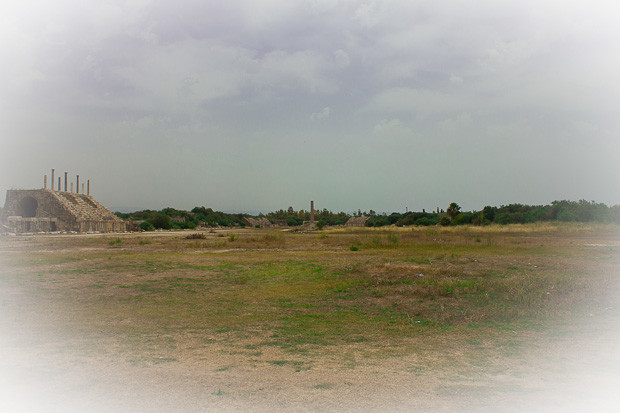
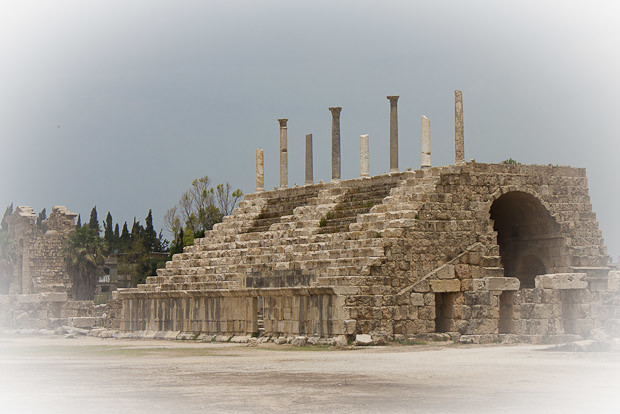
I love following along on your travels. What a gift to discover the world with your child.
Thank you, Kat. We are very, very lucky. Sometimes I get a sense of vertigo — “My god! This is Z’s childhood!” — and other times I get positive vertigo — “This is Z’s childhood!”. I do hope he overcomes his thing about ruins, though, or we’re going to have to do a radical rethink…
Oh, what a town, i am surely adding it on my list for next month’s trip. So genuinely charming and doesnt look pretentious at all… My kind of place. Would you look at this door? Makes you wonder what’s inside…
And the ruins, well i am very happy to hear about restoration there, well spotted!! I really sometimes look at sites and statues around the world etc… And they feel like Mickey Mouse restorations. Especially now with technology nothing feels REAL to us anymore, at least not at a first, i don’t know whether i am making sense… But thanks for this post and the reverse parking adventure one. I personnally would have gotten out and handed my keys to one of the boys to do it for me! Too lazy i know.
All the best,
No, not at all too lazy, not at all too lazy. I’m so glad there’s someone else who relates to that sense of “Hang on a second! You’re male! You’re giving me advice! Why not just put the car in anyway?!”
I would definitely add Tyre to the trip. We didn’t do Baalbek, but I think that should be on your list as well, depending how things are when you visit: they are supposed to be the best ruins in Lebanon, but our timings just didn’t add up, and folk were antsy about the Bekaa with the political situation at that point…
Hi Theodora! We met briefly in Maasser el Chouf where my friends and I were spending the weekend at Raed’s guest house. Loved hearing about your adventures with your son and since then I’ve checked out your blog to see how Lebanon’s been treating you. Sounds like you’ve been to some amazing spots that I’d love to see for myself — the guest house in Tyre, for example! Do you happen to have Elio’s contact info? We’re in the mood for another weekend getaway and this place sound divine…
Hello! Lovely to hear from you! It’s not a guesthouse per se, it’s a studio flat over his apartment, but it’s absolutely lovely.
I put his contact details at the bottom of the post, but they’re not immediately obvious. His mobile number is 07 350 700 and you can find him at Rest Cafe, near the beginning of the fishing port in the Old Town: the email I have, assuming I’ve read his handwriting correctly, is attieh DOT elio AT gmail DOT com
Great to hear first-hand about an alternative to Al Fanar, which is the only one in all the guidebooks and – although lovely – in dire need of some competition. Did the studio include internet? Tyre is indeed unpretentious and amazing. I’ll be reading the rest of your Lebanon trip posts.
Yes, it did include wifi, which worked very well: there’s a couple of other places to stay in Tyre listed in the Bradt guide, which was the one we used for Lebanon, but they’re all $$$$$. Say hi to Elio from us if you do end up staying there: I should really have got some pics but I’m never the most organised like that.
I’m glad you love Tyre too. I’d so like to do a week there hunting the Phoenician stuff…
Wow, I somehow missed reading all your Lebanon posts. That really sounds like a lovely town. Those ruins … oh to see those would be amazing. Even with ruin fatigue I’d love to see them. And the chance to dive in more ruins – I’m not surprised Z wants to come back. If you tell me all the streets are quiet paved backlanes with limited traffic and cute hole in the wall coffee shops I may just meet you there!
Actually…. Tyre Old Town does, indeed, have very quiet almost completely pedestrian streets in the Christian Quarter. and rather more vibrant, yet also almost all pedestrian, streets in the Muslim Quarter….
In fact, I think you’d love Lebanon. Some of it has the Ottoman/Byzantine cuteness of parts of Bulgaria, but more so…
Hey There!
I’m a citizin of Tyre. What you’ve written is so enjoyable and lovely, definitely true. I especially like that old part of my city.
I would like to use your blog in an English Test for my students. Would you please give me permission?
Thank you!
Of course you may! Thank you for asking, and so glad you enjoyed it.
You’re welcome! Thanks.. 🙂
citizen*